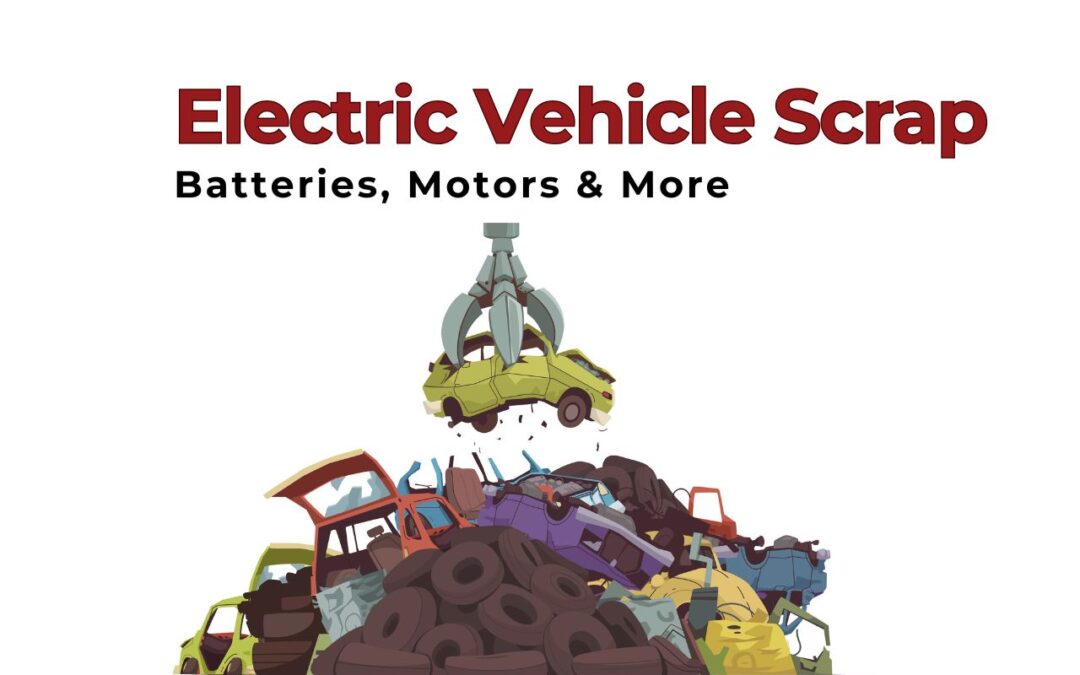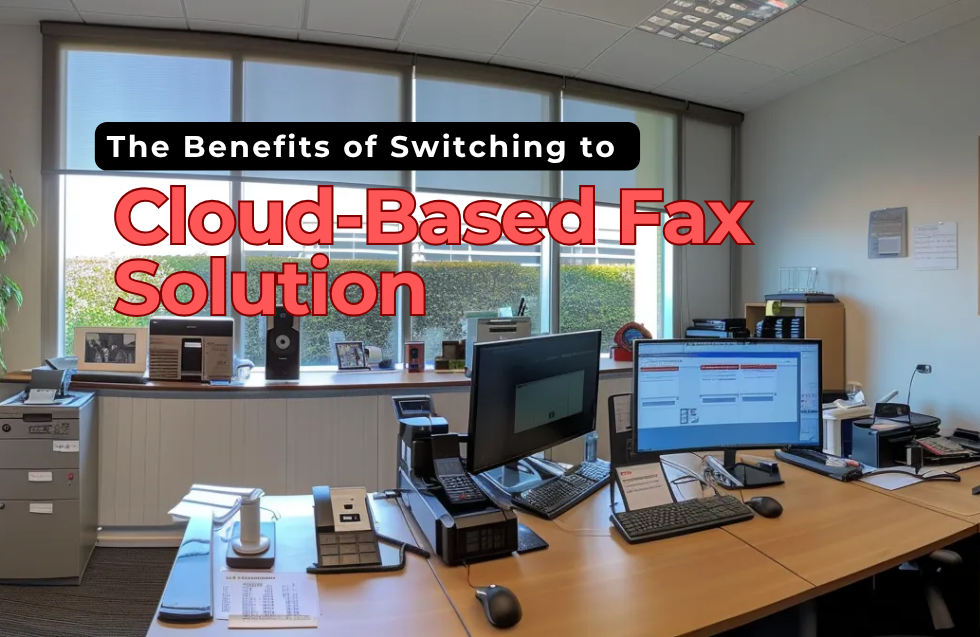The rise of electric vehicles (EVs) is reshaping the automotive industry and revolutionizing how we think about transportation. As EV adoption accelerates worldwide, a new and significant market is emerging—the electric vehicle scrap market. This market focuses on recycling and repurposing critical EV components such as batteries, electric motors, wiring, and more.
In this article, we will explore the dynamics of the electric vehicle scrap market, the materials involved, the environmental and economic benefits, and the challenges and opportunities ahead.
Introduction: Why EV Scrap Matters
Electric vehicles are lauded for their environmental benefits—zero tailpipe emissions, lower operational carbon footprints, and a path towards sustainable transport. However, EVs also contain complex, high-value components that require responsible handling once their useful life ends.
- Lithium-ion batteries degrade over time and eventually need replacement.
- Electric motors, wiring harnesses, and power electronics also reach end-of-life.
- Raw materials such as lithium, cobalt, nickel, and rare earth elements are critical yet finite.
EV scrap refers to the process of collecting, dismantling, and recycling these components. Proper management of this scrap is essential for:
- Reducing environmental pollution
- Conserving valuable and scarce raw materials
- Supporting a circular economy in the automotive sector
- Lowering the overall cost of EV production through material recovery
The Exploding EV Market and Its Scrap Byproducts
The global EV market has witnessed exponential growth over the past decade:
- In 2010, fewer than 20,000 EVs were sold globally.
- By 2024, annual sales are expected to exceed 10 million units worldwide.
- Some markets, like Europe and China, are aggressively pushing for EV adoption with strict regulations on fossil fuel vehicles.
With this growth, the volume of EVs reaching end-of-life (EOL) will increase sharply in the next 10-15 years, making EV scrap a booming industry.
Key Components of EV Scrap
Let’s dive into the main components of EV scrap and why they are valuable:
1. Lithium-Ion Batteries
Lithium-ion batteries (Li-ion) are the heart of any EV. They store the energy that powers the electric motor.
- Li-ion batteries contain valuable metals such as lithium, cobalt, nickel, manganese, and aluminum.
- These materials are expensive and environmentally taxing to mine.
- Battery recycling recovers these metals for reuse in new batteries or other products.
- Proper recycling also prevents hazardous chemicals from leaking into the environment.
Battery recycling technologies range from pyrometallurgical (smelting) to hydrometallurgical (chemical leaching) and direct recycling (reconditioning cathode materials). The industry is rapidly innovating to improve efficiency and reduce costs.
2. Electric Motors
Electric motors are generally made from copper windings, magnets (often rare earth elements like neodymium), and steel.
- Copper is a highly valuable recyclable metal.
- Rare earth magnets are critical materials with supply chain risks.
- Motors can be refurbished or dismantled to recover these materials.
3. Power Electronics and Wiring
EVs include inverters, converters, and other power electronics that contain:
- Precious metals such as silver, gold, and palladium.
- Copper wiring and aluminum components.
Recycling these parts helps reduce dependency on mining and reduces waste.
4. Structural Components and Plastics
Though less valuable than metals, structural parts and plastics are recycled or repurposed:
- Aluminum and steel parts are recycled to make new vehicle frames or industrial products.
- Plastics may be sorted and recycled or used in waste-to-energy processes.
Environmental and Economic Benefits of EV Scrap Recycling
Environmental Benefits
- Resource Conservation: Recycling recovers finite metals, reducing the need for new mining operations which cause habitat destruction, water pollution, and carbon emissions.
- Waste Reduction: Proper dismantling and recycling prevent toxic materials like heavy metals and electrolytes from contaminating landfills and groundwater.
- Carbon Emission Reduction: Recycling metals consumes less energy compared to mining and refining new materials, significantly lowering carbon footprints.
Economic Benefits
- Job Creation: The EV scrap industry supports jobs in collection, dismantling, recycling, and materials processing.
- Cost Savings for EV Makers: Recovered materials can lower raw material costs, helping reduce overall EV production expenses.
- Secondary Markets: Refurbished components like motors and battery modules can enter secondary markets for reuse, extending product life.
The Battery Recycling Process Explained
Lithium-ion battery recycling is the most complex and critical part of EV scrap. Here’s a breakdown of typical steps:
- Collection and Sorting: Used batteries are collected from EOL EVs or replaced batteries and sorted by chemistry and condition.
- Discharging and Safety Measures: Batteries are fully discharged and stabilized to avoid risks of short-circuiting or fires during recycling.
- Dismantling: Battery packs are disassembled into modules and individual cells.
- Mechanical Processing: Cells are shredded or crushed to separate components.
- Chemical Treatment: Hydrometallurgical processes dissolve metals for recovery, or pyrometallurgical smelting melts materials to extract metals.
- Material Refinement: Metals such as lithium carbonate, cobalt sulfate, and nickel sulfate are purified for reuse.
- Reuse/Repurposing: Some battery modules with remaining capacity are repurposed for second-life applications, such as stationary energy storage.
Challenges in the EV Scrap Market
Despite its promise, the EV scrap industry faces hurdles:
1. Complex Battery Designs
Battery packs vary by manufacturer, making automated dismantling difficult. Safety concerns require careful handling.
2. Lack of Infrastructure
Many countries lack comprehensive collection and recycling infrastructure, leading to suboptimal disposal.
3. Economic Viability
Recycling can be costly compared to raw material mining, though this is shifting as technology advances.
4. Regulatory and Standardization Issues
Regulations on battery recycling are evolving. Lack of standardization complicates logistics and processing.
Innovations and Future Trends
1. Improved Battery Chemistries
Emerging battery technologies with reduced cobalt content or solid-state designs may simplify recycling.
2. Direct Recycling
Technologies that directly restore battery cathode materials are more energy-efficient and promise cost reductions.
3. Circular Economy Models
EV manufacturers are increasingly designing batteries with recycling in mind (design for disassembly) and incorporating take-back programs.
4. Second-Life Batteries
Before recycling, many EV batteries can be repurposed for energy storage applications, extending their lifecycle and economic value.
Market Players and Investment Opportunities
Several startups and established companies are entering the electric vehicle scrap market:
- Redwood Materials: Founded by Tesla’s former CTO, focusing on lithium battery recycling.
- Li-Cycle: A leader in hydrometallurgical recycling processes.
- Umicore: A global materials technology company with battery recycling expertise.
- Tesla: Actively developing closed-loop battery recycling within its supply chain.
Investors see huge potential in EV scrap-related technologies as raw material prices rise and sustainability becomes a priority.
How Consumers Can Contribute
Consumers play a role by:
- Returning used EV batteries to authorized collection centers.
- Supporting companies with sustainable recycling policies.
- Considering second-life battery products like home energy storage.
Conclusion: A Booming Market Shaping the Future of Sustainable Mobility
The growing market for electric vehicle scrap—particularly batteries, motors, and associated components—is a critical piece in the global transition to sustainable transportation. It presents an enormous opportunity to conserve resources, protect the environment, and foster economic growth.
As EV adoption continues to accelerate, investments in recycling infrastructure, technology innovation, and circular economy practices will be key to unlocking the full potential of EV scrap markets.
This sector is not just about waste management—it’s a vital driver for the future of green mobility and responsible resource stewardship.













